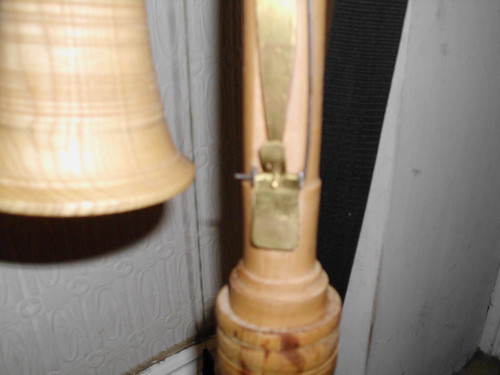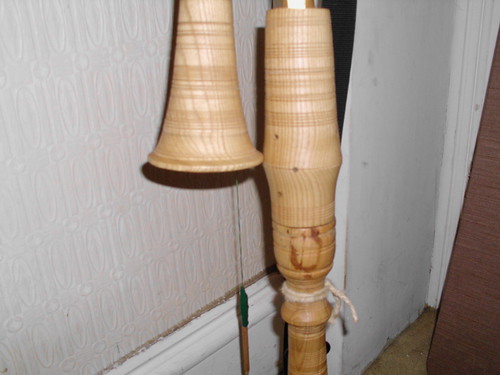make them yourself leak lights
http://www.woodwindforum.com/forum/...e-led-leak-light-you-can-make-yourself.22959/
http://www.woodwindforum.com/forum/index.php?threads/do-it-yourself-leaklight.22888/#post-219669
at home leak test
http://www.woodwindforum.com/forum/showthread.php?t=842
A leak can be compromised of a variety of things.
first and foremost the pads not covering 100% the tonehole. This is definitely a leak. The pad has to cover then entire circumference of the tonehole, uniformily to create a good air-tightness seal.
If you create a vacuum (suck) into an instrument you may get an airtight seal.
If you blow a little it may not let air out. As you increase your blowing pressure you may overcome the tension strength in a spring. On clarinets this happens often on the throat Ab and the RH pinky Eb key.
The instrument material itself may have deep crevices, etc which is in essense a leak too - it will take pressure away from playing and the tone and response may suffer. Or air penetration through a tonehole.
pads, older more fragile (or really cheap) ones may allow air penetration through their skin. This is like a leak too and the instrument may play but response and tone may not be 100%
pads vary in their air penetration. I did some tests at some time with a percentage but basically single bladder allow some air penetration, double bladder, leather, then synthetics. Synthetics normally being the most air tight and single bladder has some air penetration.
keep in mind different brand pads vary in all aspects and even the same pad brand/make may vary.
of course a cut in a pad too creates a nice leak. I had one in my Selmer alto sax (palm D) in high school for years until I found it. The tech didn't. horn played great but afterwards was even better. I had response issues on the low notes but no one could ever find a problem because it was up top!!



